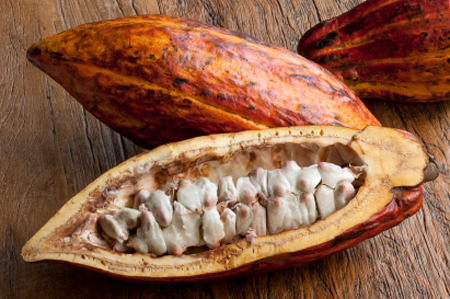Making Asian Cocoa Great Again
Category: Cocoa
 (Food Ingredients First) – Cocoa giant Barry Callebaut is calling on people around the world to “make Asian cocoa great again” as part of a campaign ahead of this fall’s cocoa-focused conference in Sinagpore. The company wants to return to an age when cocoa crops and grinding in Asia were at an all-time high.
(Food Ingredients First) – Cocoa giant Barry Callebaut is calling on people around the world to “make Asian cocoa great again” as part of a campaign ahead of this fall’s cocoa-focused conference in Sinagpore. The company wants to return to an age when cocoa crops and grinding in Asia were at an all-time high.
The Asian cocoa sector is currently in bad shape because the entire cocoa supply chain is long’ from sourcing cocoa beans from farmers all the way to selling cocoa ingredients to customers, according to Barry Callebaut.
When you scan through the entire supply chain and its processes, you will naturally find a number of areas with the possible mileage for problems,” says Richard Fahey, VP, Sales and Marketing for Cocoa in Asia at Barry Callebaut and Chairman for the Cocoa Association of Asia.
Cocoa bean production in Asia has experienced some quick increases and declines over the past decades. In the 1980s, Asian annual cocoa production hovered around 400k metric tons (MT), went up to more than 600k MT in the mid-2000s, but today is less than 400k MT.
“We have witnessed the almost complete disappearance of the Malaysian crop and now, the trends in Indonesia are worrying,” adds Fahey.
“The steady and deep decline in cocoa supplies from Indonesia in the last few years is a big issue. The country has been the main supplier of cocoa beans in Asia and to the Asian factories. Needless to say, there is a high-level concern in the industry regarding this and many are trying to take action to reverse it.”
Cocoa and Chocolate Growth Around the World
Regarding cocoa products, Fahey says there is the question of whether cocoa and chocolate growth has hit a wall. Looking towards North America and Western Europe, there are changes in consumer behavior driven by the undercurrent of evolving snacking habits and concerns surrounding health and sugar consumption.
“Although cocoa and chocolate are still on an upward trend in Asia – with regional growth estimated at 5% – there is still the nagging question of whether the changing consumer patterns in North America and Western Europe will influence or have already influenced the growth opportunities in Asia,” he adds. “Perhaps the double digit growth forecasts were overly enthusiastic? To put it in context, a 5% growth would be lauded as fantastic for the European market.”
Fahey stresses that there are many question and issues to be discussed at the international cocoa conference in October, an ideal location for industry and interested parties to come together to examine the opportunities and growth potential of the Asian markets.

